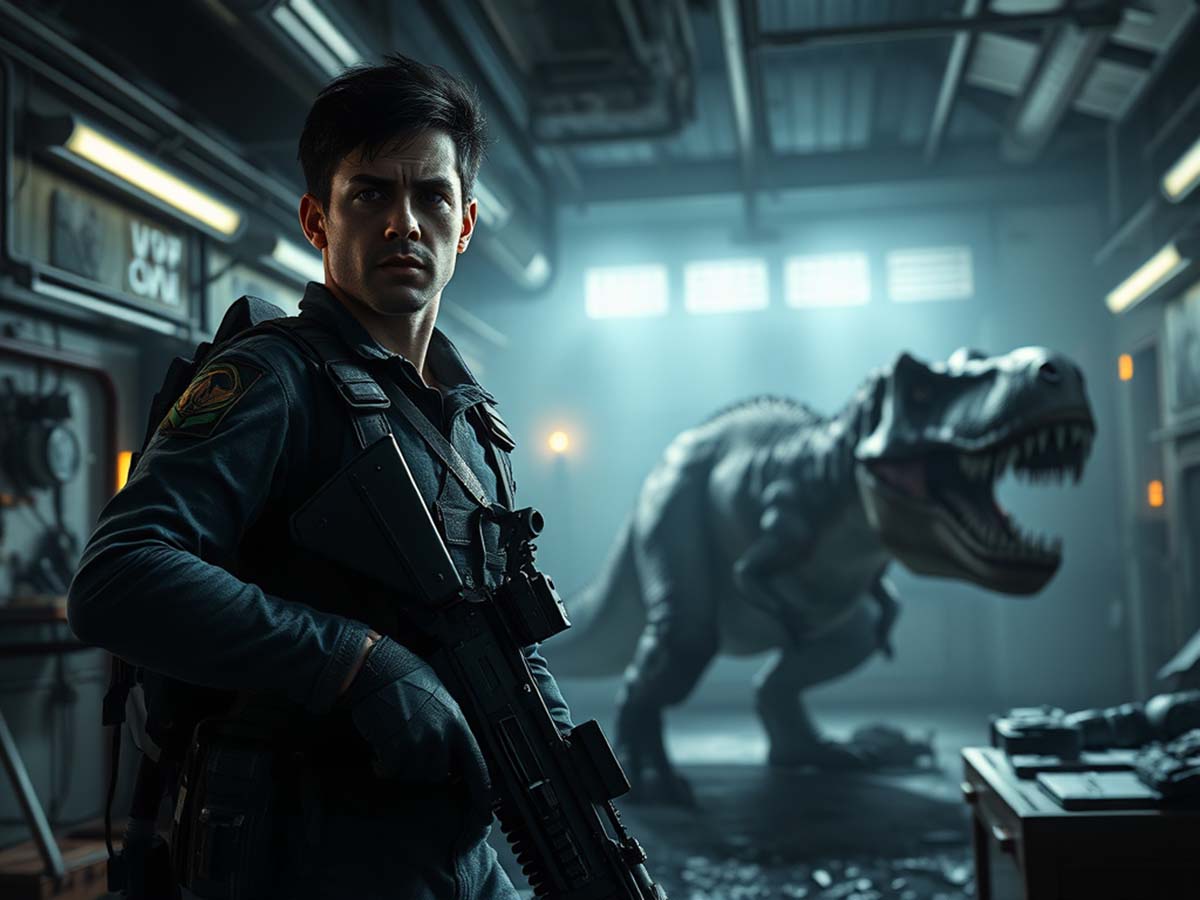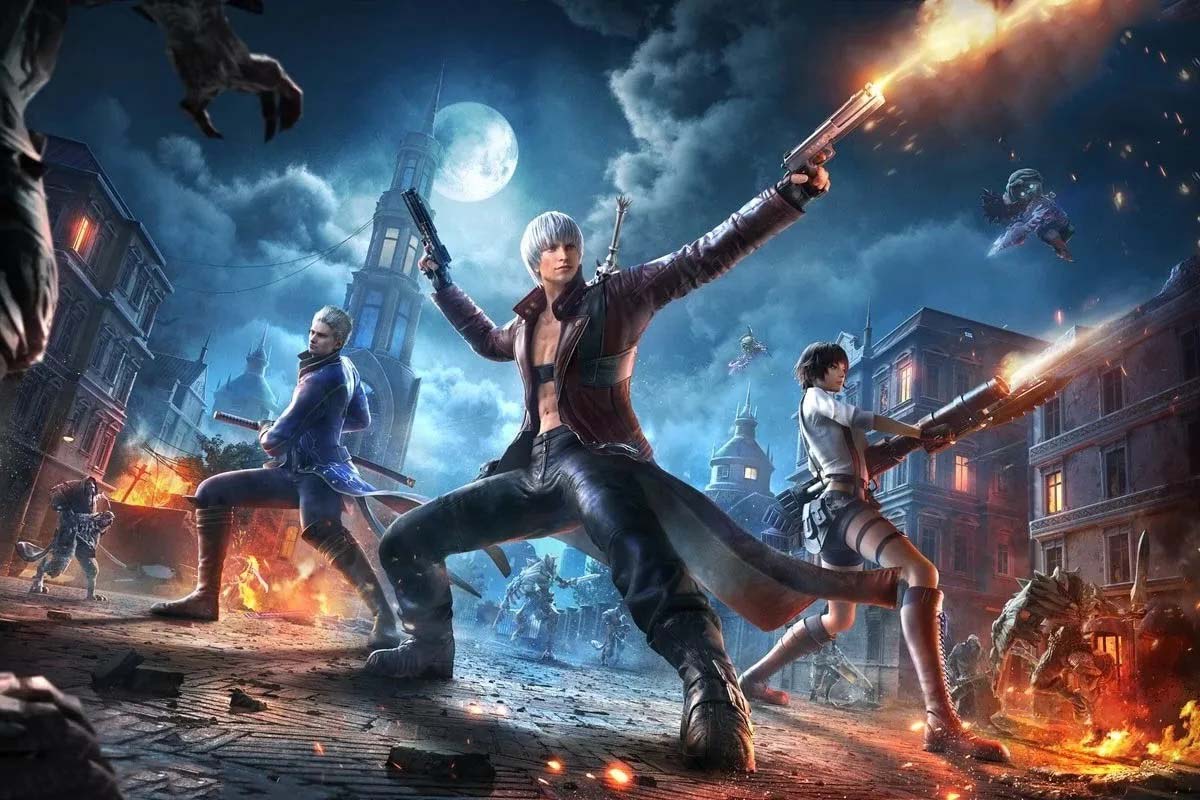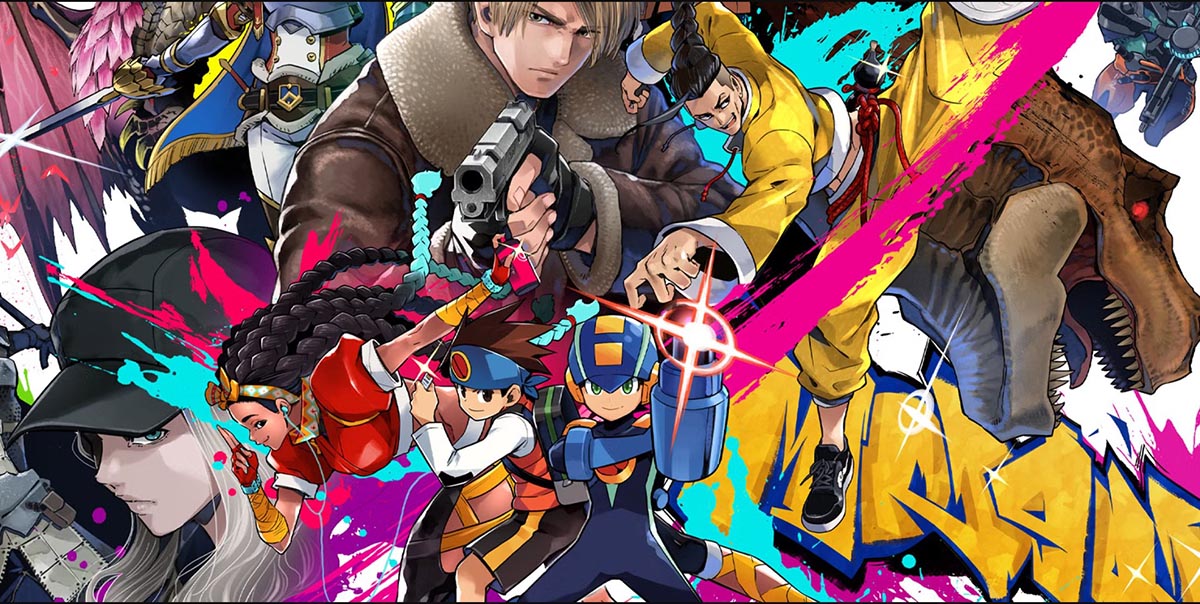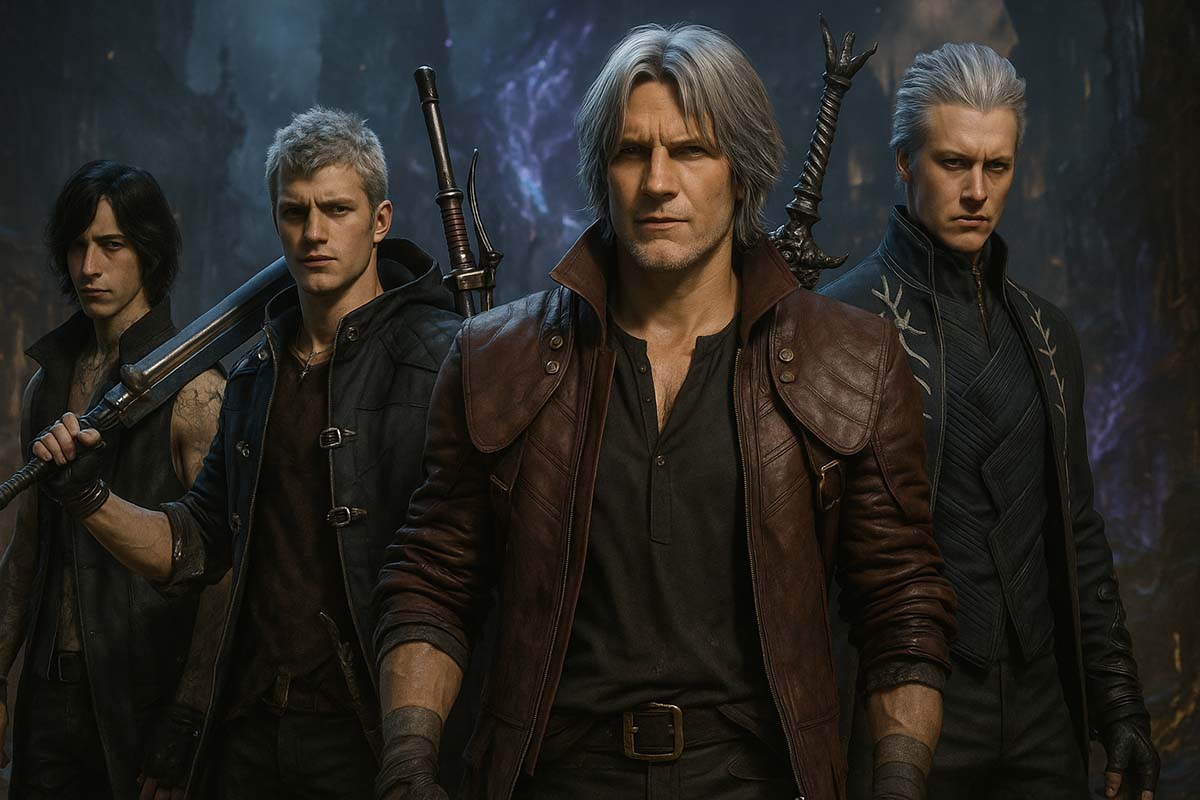A Game That Blended Action and Survival Horror
When Capcom released Dino Crisis in 1999, it introduced a fresh experience that blurred the lines between action and survival horror. Directed by Shinji Mikami, the mind behind Resident Evil, the game borrowed survival elements from its predecessor but replaced slow-moving zombies with a much deadlier enemy—dinosaurs.
These prehistoric creatures were faster, smarter, and more aggressive than anything players had faced in horror games before. This led to a dynamic experience where survival required more than just shooting enemies. Players had to think quickly, manage resources carefully, and interact with the environment in new ways.
The game also abandoned the fixed camera angles used in Resident Evil and introduced a real-time 3D environment. This change created a greater sense of immersion, making every corridor and every encounter feel unpredictable. Players couldn’t rely on pre-determined camera perspectives to anticipate dangers; instead, they had to explore carefully, always prepared for an ambush.
By blending high-stakes action with psychological tension, Dino Crisis became a standout title that laid the groundwork for a new wave of action horror games.
Setting the Stage for Future Action Horror Games
Dino Crisis arrived at a time when survival horror was still finding its identity. Games like Resident Evil had already defined certain mechanics, but Dino Crisis introduced faster gameplay, unpredictable enemies, and deeper environmental interaction, setting the stage for future titles.
Faster Enemy AI Raised the Stakes
One of the most groundbreaking aspects of Dino Crisis was its intelligent enemy AI. Unlike the slow-moving zombies in other horror games, dinosaurs moved quickly, reacted to player actions, and even followed players between rooms. This created an ever-present sense of danger.
For example, if a player ran through a door to escape an enemy, it didn’t always mean safety. Some dinosaurs could break through doors, climb through vents, or stalk the player across multiple rooms. This forced players to be constantly aware of their surroundings and adapt to unpredictable threats.
This innovation influenced many later games. Titles like Resident Evil 3: Nemesis, Alien: Isolation, and The Evil Within implemented similar AI-driven pursuers that could stalk players dynamically, keeping tension levels high.
Environmental Puzzles and Interactive Elements
Dino Crisis also revolutionized environmental interaction in action horror games. Many horror titles of the time relied on static puzzles, where players needed to find keys or items to progress. Dino Crisis expanded on this idea by introducing multiple solutions to obstacles.
Players could override security doors, activate laser barriers, or use gas leaks to injure enemies. This meant that every encounter wasn’t just about shooting—it was about thinking creatively and using the environment to survive.
This level of interactivity became a standard feature in later games like The Last of Us, where players could set traps or use environmental objects as weapons against enemies.
A Unique Take on Survival Horror Combat
While action games of the time focused on run-and-gun mechanics, Dino Crisis forced players to make calculated decisions about combat. Weapons and ammunition were limited, and dinosaurs were far more difficult to kill than traditional horror enemies.
Limited Resources Created a Strategic Challenge
Dino Crisis introduced a scarcity system that made every bullet count. Players had to be careful about when to fight and when to flee. Engaging in unnecessary battles could leave them defenseless later.
For example, a player might be tempted to use all their ammo on a single raptor, but doing so could leave them vulnerable against a T-Rex encounter later in the game. This forced players to adopt a more strategic approach to survival.
This gameplay philosophy influenced future survival horror games. Titles like Metro 2033 and Resident Evil 7 built upon the concept of limited resources driving player decisions, ensuring that every battle carried real consequences.
Real-Time Healing and Inventory Management
Unlike many games of the time that paused the action while players managed their inventory, Dino Crisis kept everything real-time. Healing, reloading, and switching weapons all had to be done while actively avoiding threats.
This design choice added an extra layer of tension. Players couldn’t rely on a pause menu to strategize their next move—they had to react instantly. Modern survival horror games like Resident Evil Village have continued this trend, keeping players immersed in the action at all times.
Influence on the Evolution of Action Gaming
Dino Crisis proved that action games didn’t need to be just about fast-paced shooting. By introducing more intelligent enemies, deeper resource management, and interactive environments, it helped reshape expectations for the genre.
Encouraging Smarter Enemy AI
Before Dino Crisis, most action games used predictable enemy patterns. Enemies would follow fixed routes, making encounters easier to anticipate. Dino Crisis changed that by introducing AI-driven enemies that reacted dynamically to the player’s choices.
Modern games like The Last of Us Part II and Alien: Isolation have built on this idea, using AI-driven antagonists that adapt to the player’s playstyle, making encounters feel unique every time.
Blending Genres for a More Engaging Experience
By successfully merging action and horror elements, Dino Crisis paved the way for more genre-blending games. Instead of rigidly sticking to one style, developers started creating titles that combined multiple elements to enhance immersion.
Games like Control and Metro Exodus mix horror with high-intensity action, while The Evil Within blends psychological horror with fast-paced gunplay. These games all owe some inspiration to Dino Crisis for proving that action and horror could coexist effectively.
Why Dino Crisis Still Matters Today
Even after more than two decades, Dino Crisis remains one of the most beloved Capcom classics. Its groundbreaking mechanics and intense survival horror elements continue to influence modern games.
The demand for a Dino Crisis remake has grown significantly, with fans believing that modern graphics and AI technology could take the series to new heights. While Capcom has yet to confirm any plans, its legacy remains strong.
Many of the mechanics introduced in Dino Crisis—intelligent enemy AI, real-time resource management, and genre-blending gameplay—are still shaping the gaming industry today. Whether or not a remake happens, its influence on action horror will never fade.



